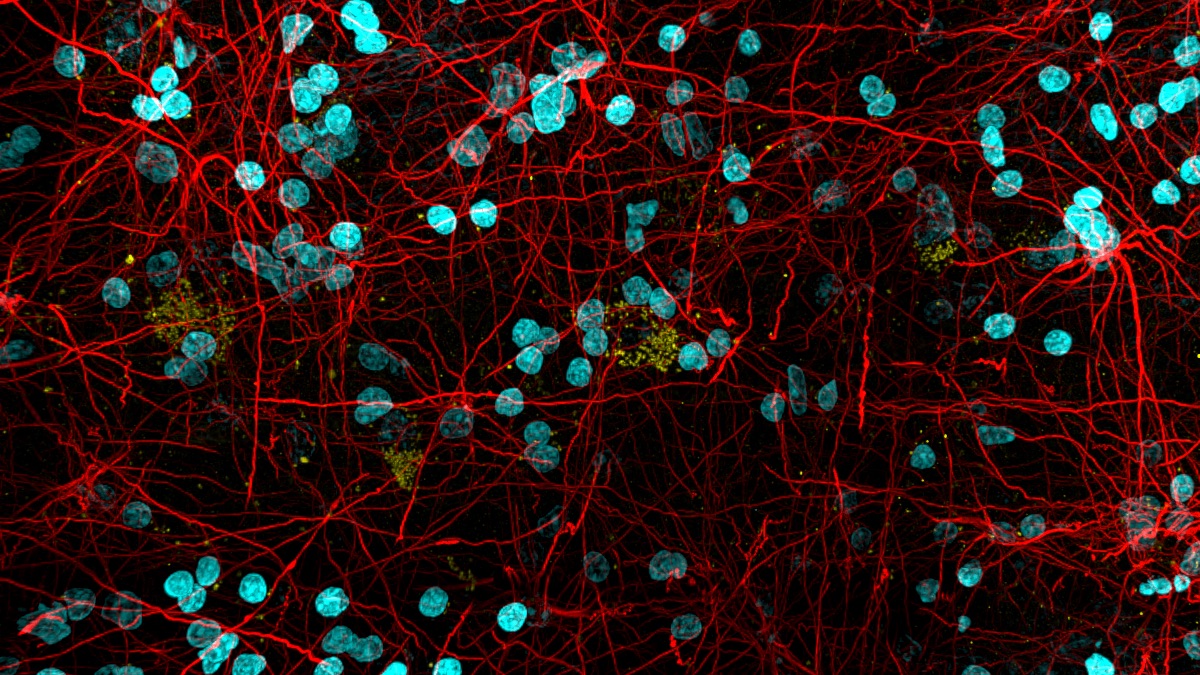Cody Siciliano, assistant professor of pharmacology and faculty affiliate of the Vanderbilt Center for Addiction Research, studies the neural mechanisms of individual differences in decision-making. He details a recently published study that used new approaches to reveal promising targets that can ultimately reduce relapse risk in alcohol use disorder patients.

What problem does your research address?
In alcohol use disorder, periods of abstinence that extend beyond the acute withdrawal phase are the most critical window for treatment interventions. This period is also the most difficult to study in humans, and the neuroimaging that does exist suffers from an inability to draw causal inferences. Consequently, little is known about the neuroplastic alterations that persist after the synaptic proteins that have interacted with alcohol have turned over and been replaced by alcohol-naïve proteins. We investigated what happens in the brain’s dopamine system during protracted abstinence from alcohol in rhesus macaques and assessed both functional changes in neurotransmission as well as alterations in gene transcription which may sustain synaptic alterations.

What was unique about your approach to the research?
Investigating circuit level alterations following chronic drinking in non-human primates is rare and difficult; the resources and expertise needed to pull off this feat do not exist at any one institution in the world, and thus required sustained collaborative efforts across Vanderbilt University, Wake Forest University, and the Oregon National Primate Research Center.
This study was the first of its kind in many ways, including the first report of real-time dopamine transmission during protracted abstinence in non-human primates, and the first in primates to combine functional measurements of synaptic activity within-subject assessment of whole-genome transcriptional expression.
This wouldn’t be possible without Kathleen Grant, our long-standing collaborator at the Oregon National Primate Research Center. She has spent her career developing the model we used and provided all of the tissue for this study.
What were your top findings?
Alcohol-induced augmentation of dopamine re-uptake and kappa opioid receptor sensitivity, both negative regulators of dopaminergic activity, persisted for at least 30 days into abstinence.
Surprisingly, alcohol drinking didn’t change individual gene expression levels but instead altered the relationship between gene expression and protein function.
We discovered that in control animals, gene expression and protein function are often not correlated, contrary to conventional assumptions, and alcohol exposure can induce, eliminate, or even reverse these relationships.
What do you hope will be achieved with the research results on the short term?
We hope that this work highlights the dopamine transporter and kappa opioid receptor has promising targets for further research aiming to identify pharmacotherapeutic interventions for reducing relapse risk in alcohol use disorder patients.
More broadly, our results call for the reevaluation of deeply held assumptions in neuroscience and biology regarding the directionality and stability of relationships between gene transcription and synaptic function.
What are your translational aspirations that might come from this research?
This work suggests that assessment of transcript-function relationships is critical for the rational design of precision therapeutics across diseases. Regarding alcohol use disorder specifically, we highlight the dopamine transporter and kappa opioid receptor as promising targets.
Go deeper
The paper “Synchrony between midbrain gene transcription and dopamine terminal regulation is modulated by chronic alcohol drinking” was published in Nature Communications in February 2025.
Funding
This research was funded by the National Institutes of Health, the Alkermes Pathways Research Award, the Brain Research Foundation, and the Whitehall Foundation.
Shared Resources
The Vanderbilt Creative Data Solutions shared resource assisted with bulk RNAseq preprocessing and analysis.